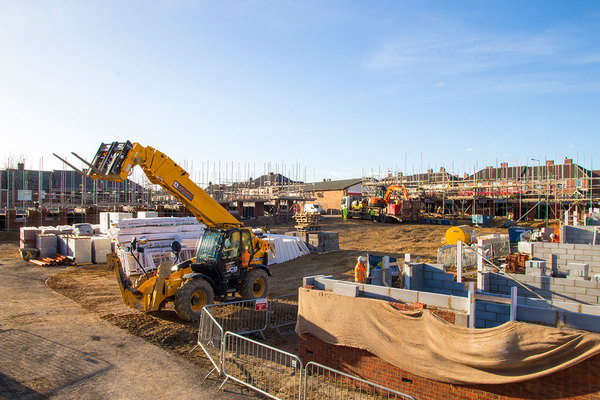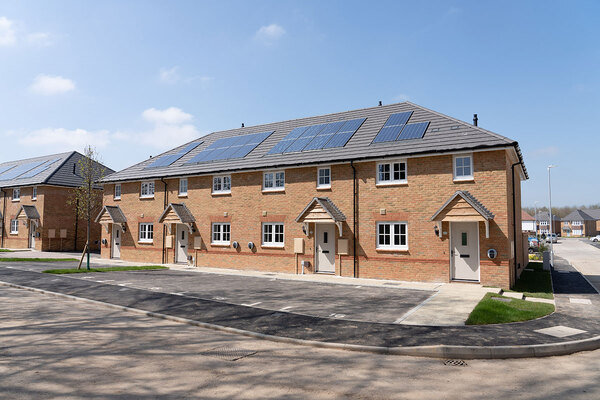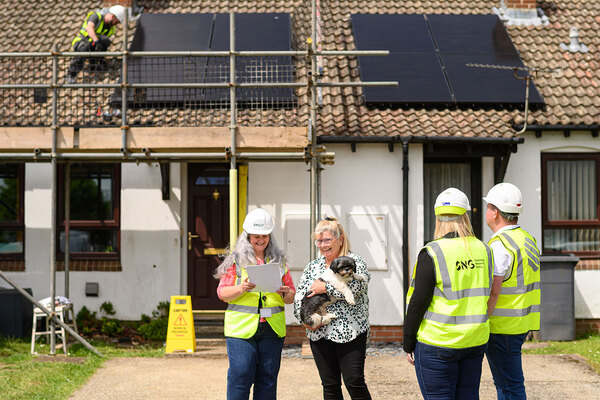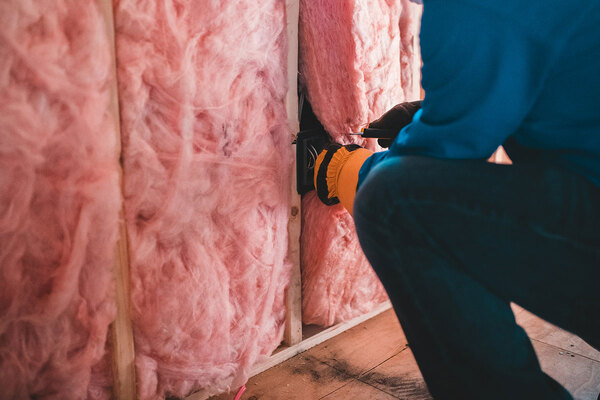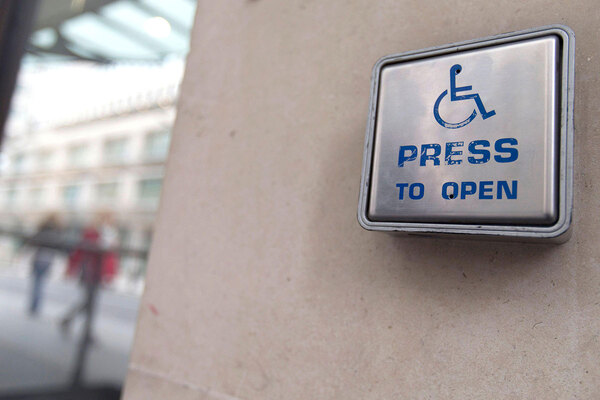You are viewing 1 of your 1 free articles

Don’t get caught out by CIL payments
A recent court case shows that the courts are strictly enforcing Community Infrastructure Levy relief application rules. Tom Barton explains what housing associations need to do to make sure they are not landed with an unwanted bill
A court case last month, Shropshire County Council v Secretary of State and Lee Jones is a cautionary tale demonstrating that the need to follow Community Infrastructure Levy (CIL) procedures is strict.
Any deviation (including mistakes in good faith) can have serious consequences up to and including the total loss of all reliefs.
CIL is charged at an average of £95 per square metre for residential development, rising to as high as £750 in prime central London.
Even at the average rate, CIL liability can often run into six and even seven figures.
Registered housing providers providing social rent, affordable rent, intermediate or shared ownership tenures can claim a relief from CIL in respect of applicable floorspace, but as is demonstrated by the Jones case, any failure to comply with CIL procedures can result in a total loss of this relief.
A loss of relief will result in a housing provider being required to pay a cash contribution towards the provision of further social housing within the area as if it were developing market housing.
“Even at the average rate, CIL liability can often run into six and even seven figures… a loss of relief will result in a provider being required to pay a cash contribution”
In the case of Jones, the applicant had obtained planning permission for a detached home which was subject to a Section 106 agreement containing both a pre-commencement of works notification requirement and a £9,000 payment obligation.
Based on the square meterage of the property, a CIL charge of £39,891.43 was due, but as the project was a self-build, a total CIL exemption was available under the self-builders relief.
As ever, the application of the relief was subject to first serving the correct notices on the council. Prior to starting the works, the applicant sent the local planning authority an email notification as required under the Section 106 agreement (which the authority duly acknowledged).
However, the applicant failed to serve the CIL commencement notice; he also did not apply for or obtain CIL relief before lawfully commencing the development.
Consequently, the charging authority issued a CIL ‘demand notice’ requiring immediate settlement of the CIL liability of £39,891.43 (the right to pay by instalments having been lost), together with a £2,500 penalty due to starting works without notification. Crucially, the relief had been lost.
Commencing development prior to relief being applied for as well as granted by the local charging authority is fatal to all reliefs including social housing and charitable reliefs.
The planning inspector held that although on a literal interpretation of the CIL regulations Mr Jones’ email was non-compliant, it was not fatal to his claim for relief as it referred to the development site and planning permission and unambiguously specified the commencement date for the works.
The council successfully appealed and in adopting a strict interpretation of the CIL regulations the High Court held that the applicant’s “difficulties have been caused entirely by his own acts and I see no good reason to relieve him from the consequences at the expense of the ratepayers of Shropshire”.
So what steps should registered providers take to ensure they can claim CIL relief?
- The courts have demonstrated that they will support local planning authorities in their strict application of the CIL regulations. Any deviation will mean the council is entitled to refuse to grant reliefs and require immediate payment of all CIL liability due.
- Remember that the planning/Section 106, building regulations and CIL notification procedures are all distinct from each other. You must not expect a notification in respect of one regime to satisfy the requirements of another.
- Bear in mind that carrying out any material operation at the development site qualifies as commencement of the development for the purposes of the CIL regulations. This includes site preparation works, demolition, erecting hoardings, and carrying out ground remediation works and archaeological investigations – even if these works are specifically excluded from the definition of commencement for the purposes of a Section 106 agreement.
- If a CIL relief can be claimed, make sure this is applied for and granted prior to the commencement of development. Early preparation and submission of the claim for relief is key.
- Identify any potential disqualification event that could lead to a withdrawal of CIL exemption or relief. If for example, the development ceases to be used for charitable purposes or social housing within a period of seven years from the date of commencement of development, then the CIL relief is repayable. With self-build housing, the clawback period is three years.
Tom Barton, senior associate, Trowers & Hamlins
At a glance: the Community Infrastructure Levy
The Community Infrastructure Levy (CIL) is a planning charge, introduced by the Planning Act 2008 to help councils in England and Wales fund infrastructure such as transport or schools, to support the development of their area.
It came into force on 6 April 2010.
Development may be liable for a charge under the CIL where the local planning authority has chosen to set a charge in its area.
Most new development that creates net additional floor space of 100 square metres or more, or creates a new dwelling, is potentially liable for the levy.
Registered providers providing social rent, affordable rent, intermediate or shared ownership tenures can claim a relief from CIL.
However there are strict rules for applying for the relief, and the Jones case in January 2019 re-enforced the need for registered providers to follow these guidelines strictly.


